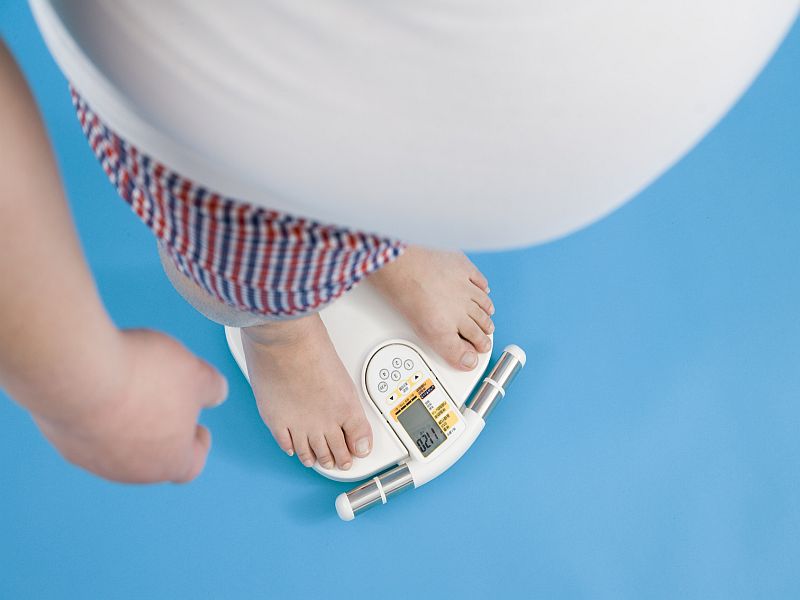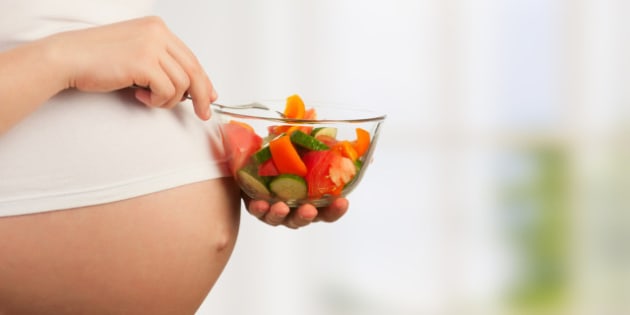Nuts are high in vitamins and fibre, and there’s also some evidence they may be good for keeping your heart healthy. According to a new study, presented by the European Society of Human Reproduction and Embryology, eating nuts could also help improve male fertility.
Researchers from Rovira i Virgili University in Spain recruited 119 men aged 18 to 35, and divided them into two groups. One group ate 60 grams, about two handfuls, of almonds, hazelnuts, and walnuts with their usual diet every day, while the second group ate none.
They were followed up after 14 weeks, and those who ate the nuts had significant improvements in their sperm count, vitality, and motility, and morphology. In other words, they had more sperm cells which were a better shape and moved further, and faster. They also had reduced DNA fragmentation, which is a measure of sperm damage. This comes after a study last year that found there was a significant general decline in men’s sperm counts— about 1.6% a year — in North America, Europe, Australia and New Zealand between 1973 and 2011.
This comes after a study last year that found there was a significant general decline in men’s sperm counts— about 1.6% a year — in North America, Europe, Australia and New Zealand between 1973 and 2011.
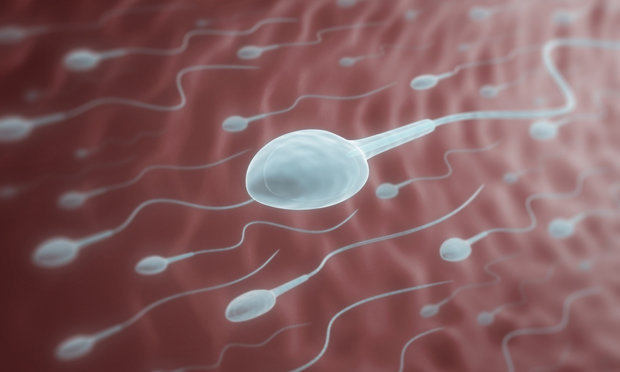 The results “support a beneficial role for chronic nut consumption in sperm quality,” the researchers said in a meeting of the European Society of Human Reproduction and Embryology in Barcelona. But they also stressed that all the participants were healthy and fertile.
The results “support a beneficial role for chronic nut consumption in sperm quality,” the researchers said in a meeting of the European Society of Human Reproduction and Embryology in Barcelona. But they also stressed that all the participants were healthy and fertile.
The study didn’t look into whether men with fertility problems would experience any benefits from the nuts. It’s also worth noting the research was funded by the International Nut and Dried Food Council.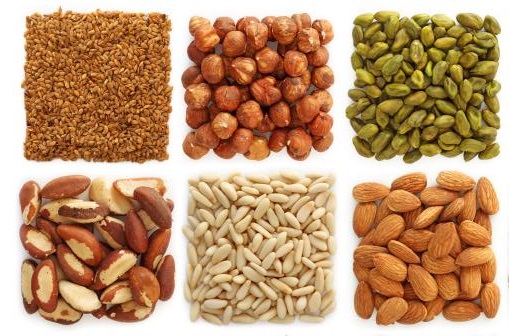
According to the authors, the results are consistent with previous research which has shown sperm can be improved by diets rich in omega-3, antioxidants like vitamin C and E, selenium, zinc, and folate — all of which are found in nuts. Certain vitamins, such as zinc, have also been associated with later menopause, according to a study earlier this year.
But as for whether men should add nuts to their diet if they’re trying to have a child, “we can’t yet say that,” said study co-author Albert Salas-Huetos. “But evidence is accumulating in the literature that healthy lifestyle changes such as following a healthy dietary pattern might help conception — and of course, nuts are a key component of a Mediterranean healthy diet.”
“But evidence is accumulating in the literature that healthy lifestyle changes such as following a healthy dietary pattern might help conception — and of course, nuts are a key component of a Mediterranean healthy diet.”




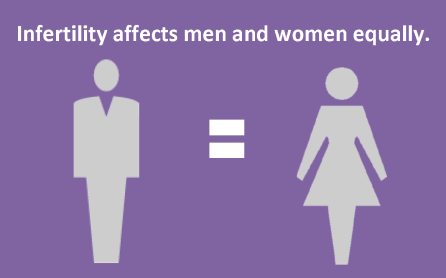

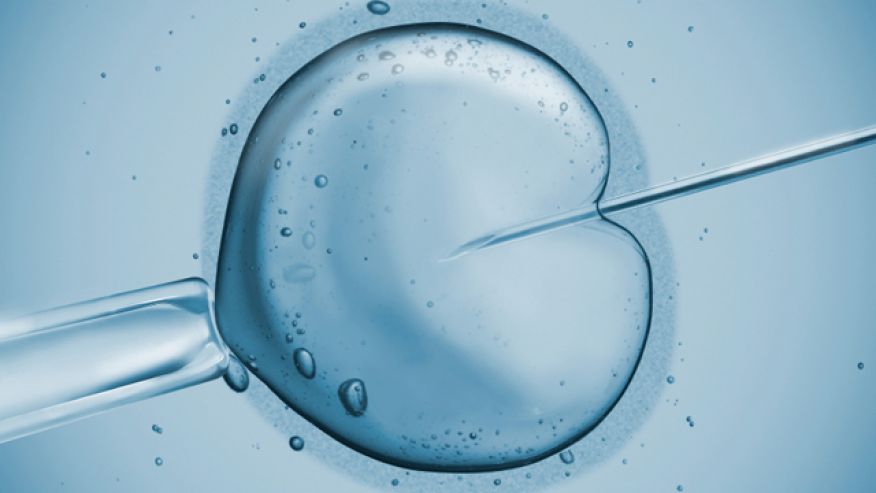






 Becoming a parent is something many people hope for but for some, getting pregnant is harder than imagined and can take an emotional toll, especially when so many people around them seem to get pregnant with no troubles. An expert at Baylor College of Medicine offers advice on how to handle the emotional effects of infertility.
Becoming a parent is something many people hope for but for some, getting pregnant is harder than imagined and can take an emotional toll, especially when so many people around them seem to get pregnant with no troubles. An expert at Baylor College of Medicine offers advice on how to handle the emotional effects of infertility.







 “I was terrified of the soft spot,” admits April Hardwick, of New York City, referring to the opening in the skull, also called the fontanel, which allows baby to maneuver out of the birth canal. “Gemma had a full head of hair at birth, and I was initially afraid to comb over the soft spot,” Hardwick says. But there was no need to worry: “It’s okay to touch the soft spot and baby’s hair near it,” says Tanya Remer Altmann, MD, pediatrician and author of Mommy Calls. The spot may pulsate because it’s directly over blood vessels covering the brain.
“I was terrified of the soft spot,” admits April Hardwick, of New York City, referring to the opening in the skull, also called the fontanel, which allows baby to maneuver out of the birth canal. “Gemma had a full head of hair at birth, and I was initially afraid to comb over the soft spot,” Hardwick says. But there was no need to worry: “It’s okay to touch the soft spot and baby’s hair near it,” says Tanya Remer Altmann, MD, pediatrician and author of Mommy Calls. The spot may pulsate because it’s directly over blood vessels covering the brain. Baby needs to eat every two to three hours — but if you’re nursing, it’s tough to know how much milk she’s getting. “The baby’s weight is the best indicator in the early days,” says Dr. Tolcher. Your pediatrician will check it within a few days of discharge. A
Baby needs to eat every two to three hours — but if you’re nursing, it’s tough to know how much milk she’s getting. “The baby’s weight is the best indicator in the early days,” says Dr. Tolcher. Your pediatrician will check it within a few days of discharge. A  Initially, he may be soft and silky, but that changes. “If you soaked yourself in liquid for nine months and then hit the air, you’d be dry too!” says Laura Jana, MD, pediatrician and coauthor of Heading Home With Your Newborn. You don’t have to do anything about dry skin (it typically peels and flakes off), but if you’re so inclined, reach for a hypoallergenic baby lotion that is fragrance-free. Little pink bumps, diaper rashes, and even baby acne may also make an appearance. “Acne tends to last for a few months,” Dr. Jana says. “So get those cute newborn pics before one month!”
Initially, he may be soft and silky, but that changes. “If you soaked yourself in liquid for nine months and then hit the air, you’d be dry too!” says Laura Jana, MD, pediatrician and coauthor of Heading Home With Your Newborn. You don’t have to do anything about dry skin (it typically peels and flakes off), but if you’re so inclined, reach for a hypoallergenic baby lotion that is fragrance-free. Little pink bumps, diaper rashes, and even baby acne may also make an appearance. “Acne tends to last for a few months,” Dr. Jana says. “So get those cute newborn pics before one month!” “Lead a normal life, but use common sense when you go out in public,” Dr. Tolcher says. Keep baby out of the sun, and avoid sick people (no toddler birthday parties!) and crowded enclosed spaces (such as the mall during the holidays). “Teach older siblings to touch baby’s feet instead of her hands and face, which will help prevent the spread of infection,” he adds. And make your older child the hygiene police, says Dr. Jana. He’ll love telling guests, “Don’t touch the baby without washing your hands.”
“Lead a normal life, but use common sense when you go out in public,” Dr. Tolcher says. Keep baby out of the sun, and avoid sick people (no toddler birthday parties!) and crowded enclosed spaces (such as the mall during the holidays). “Teach older siblings to touch baby’s feet instead of her hands and face, which will help prevent the spread of infection,” he adds. And make your older child the hygiene police, says Dr. Jana. He’ll love telling guests, “Don’t touch the baby without washing your hands.” Their piercing wails will let you know they’re hungry, cold, have a dirty diaper, or want to be held. These early “conversations” can be frustrating, but rest assured, you’ll get a better handle on what she needs in time. Laurie May, of Boardman, Ohio, and her husband quickly learned to read their daughter’s hunger signal. When they were brand-new parents, they set an alarm to go off every two hours to wake Carter for a feeding. “We did not need the alarm!” she says. “We love to laugh at that one now.”
Their piercing wails will let you know they’re hungry, cold, have a dirty diaper, or want to be held. These early “conversations” can be frustrating, but rest assured, you’ll get a better handle on what she needs in time. Laurie May, of Boardman, Ohio, and her husband quickly learned to read their daughter’s hunger signal. When they were brand-new parents, they set an alarm to go off every two hours to wake Carter for a feeding. “We did not need the alarm!” she says. “We love to laugh at that one now.” Those first three months are a free-for-all. Baby needs to eat every two to three hours, so you’re not getting much sleep either. “It does get better,” assures Dr. Altmann. “Most infants can sleep for six to eight hours by 3 months of age.” In the meantime, try to get baby on a day and night schedule: during the day, don’t let him snooze more than three hours without waking him to feed; at night let him sleep as long as he wants once he’s regained the weight he lost at birth.
Those first three months are a free-for-all. Baby needs to eat every two to three hours, so you’re not getting much sleep either. “It does get better,” assures Dr. Altmann. “Most infants can sleep for six to eight hours by 3 months of age.” In the meantime, try to get baby on a day and night schedule: during the day, don’t let him snooze more than three hours without waking him to feed; at night let him sleep as long as he wants once he’s regained the weight he lost at birth. Stressed, tired, and lonely? Yes, those early days are hard. But they’ll soon be behind you. Barbara Evans, of New York City, says, “I wish I’d known how quickly the time goes.” The mom to Luella, 8 months, says, “I didn’t take enough pictures or keep notes!” Rabeea Baloch, of Sugarland, Texas, shares some veteran-mom experience: “With my first, I stressed over every single thing, from changing diapers to whether baby was crying more than usual. With my second, I just enjoyed holding her, smelling her, kissing her, and loving the time together.”
Stressed, tired, and lonely? Yes, those early days are hard. But they’ll soon be behind you. Barbara Evans, of New York City, says, “I wish I’d known how quickly the time goes.” The mom to Luella, 8 months, says, “I didn’t take enough pictures or keep notes!” Rabeea Baloch, of Sugarland, Texas, shares some veteran-mom experience: “With my first, I stressed over every single thing, from changing diapers to whether baby was crying more than usual. With my second, I just enjoyed holding her, smelling her, kissing her, and loving the time together.”

 Tomatoes are one of the best food sources of the antioxidant lycopene. There have been several studies undertaken on lycopene and male fertility and it has been found to significantly improve motility (the sperms ability to swim), activity and structure of sperm. Lycopene is more available in cooked or processed tomatoes, so use tomato puree for a real hit and add olive oil to aid absorption of this fat-soluble antioxidant.
Tomatoes are one of the best food sources of the antioxidant lycopene. There have been several studies undertaken on lycopene and male fertility and it has been found to significantly improve motility (the sperms ability to swim), activity and structure of sperm. Lycopene is more available in cooked or processed tomatoes, so use tomato puree for a real hit and add olive oil to aid absorption of this fat-soluble antioxidant.




